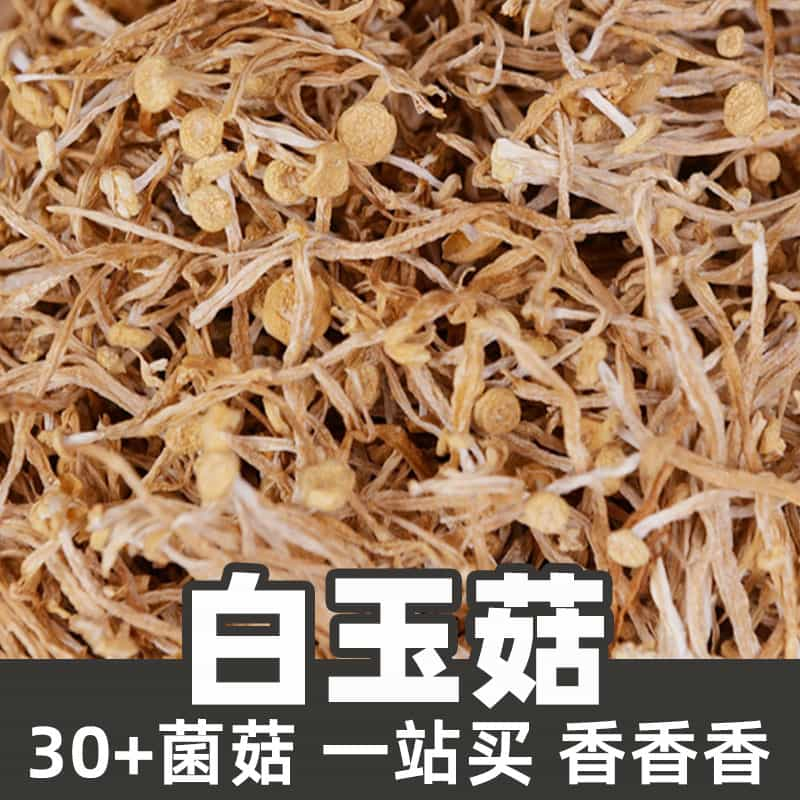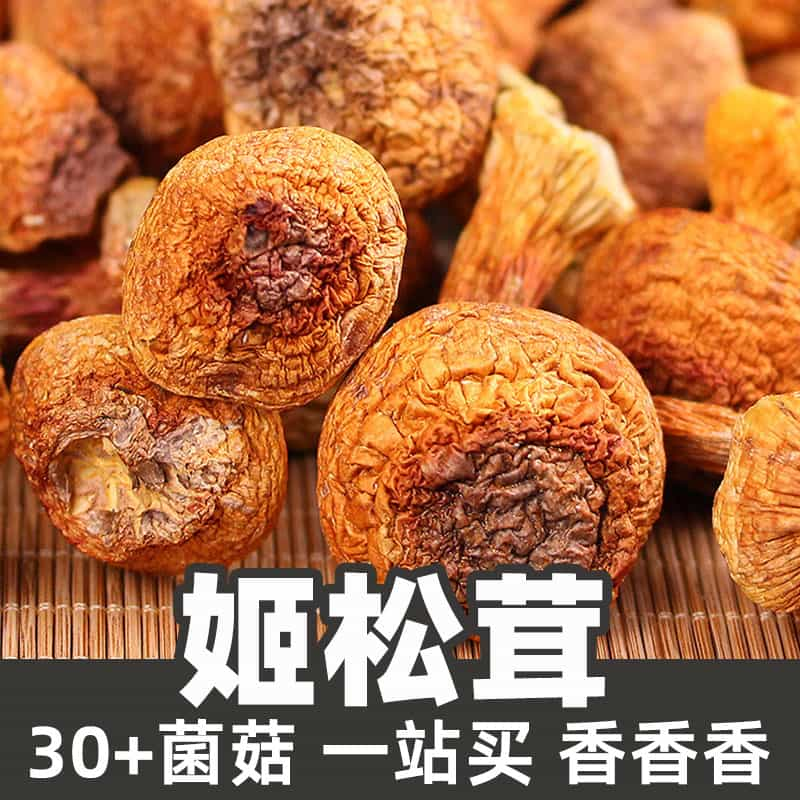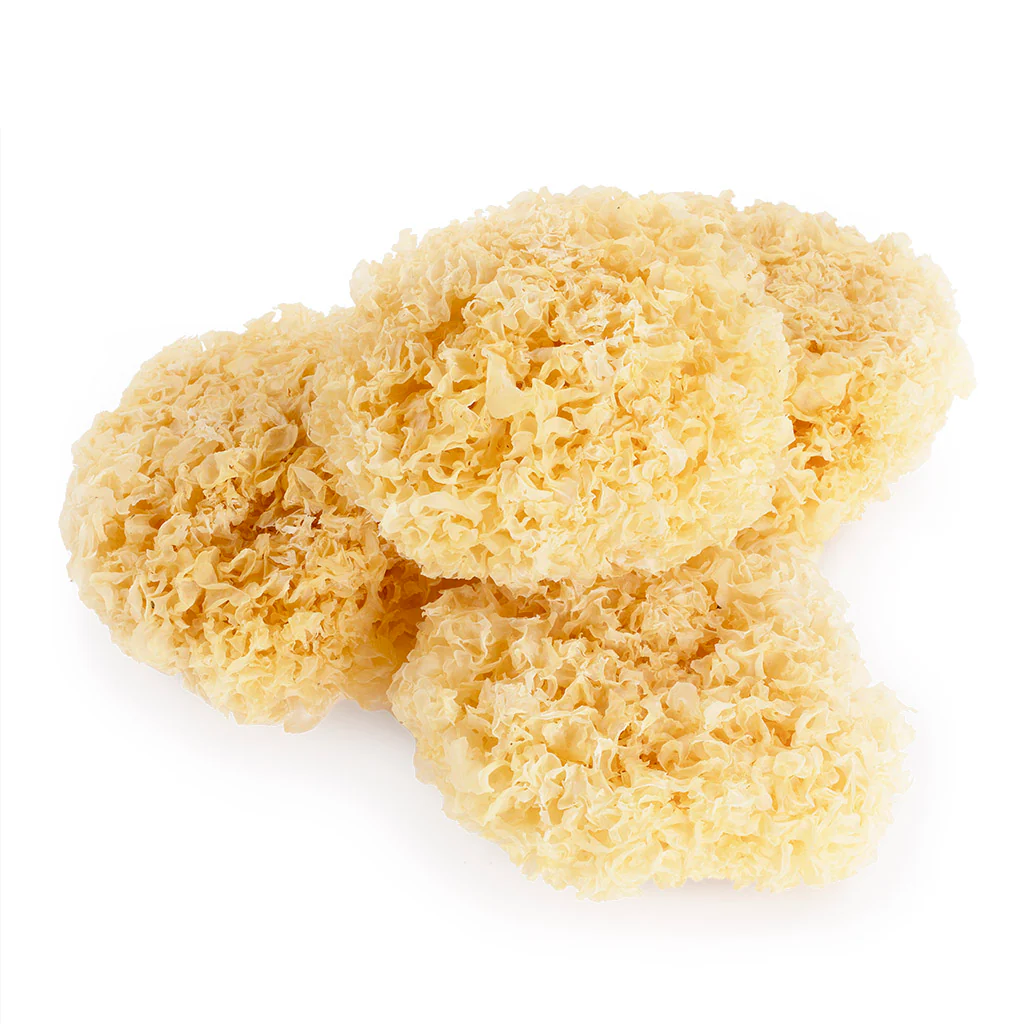Velvet fungus, scientifically known as Auricularia auricula-judae, is a unique edible mushroom that has garnered attention for its culinary and medicinal properties. Often recognized for its ear-like shape and dark coloration, this fungus is typically found growing on decaying wood, especially in temperate forests. Its name, "velvet fungus," reflects the soft, velvety texture of its exterior, which adds to its appeal in various dishes. In traditional culinary practices, particularly in Asian cuisine, velvet fungus is celebrated for its ability to absorb flavor, making it an excellent addition to soups, stir-fries, and salads. Beyond its culinary use, it has been valued in traditional medicine for its purported health benefits, which include immune support and anti-inflammatory properties.
The fungus is rich in polysaccharides and other active compounds that contribute to its nutritional profile. These components not only enhance its flavor but also provide potential health benefits, making it a popular choice among health-conscious consumers. With its growing popularity in both food and medicine sectors, velvet fungus presents a fascinating subject for those interested in the intersection of culinary arts and mycology.
The nutritional composition of velvet fungus is notable for its rich content of active ingredients and functional compounds. Key ingredients include polysaccharides, such as beta-glucans, which are known for their immune-enhancing properties. These compounds can stimulate the immune system and have potential benefits in reducing inflammation and improving overall health. Additionally, velvet fungus contains proteins that provide essential amino acids for the body. Antioxidants found in this mushroom help combat oxidative stress and may contribute to overall wellness. The presence of dietary fiber is another important aspect, aiding in digestion and promoting gut health.
Furthermore, velvet fungus is low in calories, making it an attractive choice for those aiming to maintain a healthy diet without sacrificing flavor. Its unique texture and ability to absorb flavors from other ingredients allow it to be a versatile addition to various culinary applications, including soups, stews, and salads. It can be used fresh, dried, or in powdered form, allowing for diverse usage depending on the recipe. The combination of taste, health benefits, and versatility makes velvet fungus an increasingly popular ingredient in kitchens around the world.
Velvet fungus thrives in specific growth environments, primarily on decaying hardwood trees, with a particular affinity for elder trees. This fungal species is commonly found in temperate and subtropical regions across various continents, including Asia, Europe, and North America. The fungus typically prefers moist, shaded locations that provide the ideal conditions for growth. Such environments are characterized by damp wood, which helps in the fungi’s decomposition process and provides necessary nutrients. The presence of fallen logs and natural debris in forests creates a conducive setting for the growth of velvet fungus.
Geographically, the distribution of velvet fungus spans a wide range. In Europe, it is often found in beech and oak forests, while in Asia, it is prominent in regions with abundant elder trees, particularly in China and Japan. In North America, its occurrence is less widespread but still detectable in certain locales where suitable substrates exist. Seasonal conditions, such as temperature and humidity, play a crucial role in the life cycle of velvet fungus, influencing its growth patterns and fruiting times. Understanding the environment in which velvet fungus flourishes can provide insights into sustainable harvesting and its ecological significance.
Harvesting velvet fungus involves careful collection to ensure the sustainability of the species and surrounding ecosystem. The mushrooms should be picked when they are young, fresh, and firm for optimal flavor and texture. This is typically during the warmer months, particularly in spring and summer. Collectors often use a knife or scissors to cut the fungus at its base, ensuring minimal damage to the mycelium, which allows for regrowth.
After harvesting, velvet fungus needs to be processed soon to maintain its quality. Cleaning involves rinsing the fungus gently to remove any dirt or debris, and it can be further sliced or dried depending on future use. Dried velvet fungus has a longer shelf life and retains its flavor, requiring soaking in water before cooking. For storage, it is critical to keep it in a cool, dry place in an airtight container to prevent moisture from degrading the fungus. Properly packaged dried velvet fungus can last for several months to a year, while fresh fungus typically has a shorter shelf life, making timely use essential. These processes ensure that velvet fungus retains its nutritional and culinary qualities for the enjoyment of consumers.
Monica Sun is a seasoned expert in the natural raw materials industry, with over a decade of experience specializing in traditional Chinese medicinal herbs, spices, and fungi. She is skilled in the sourcing, processing, and application of these materials, emphasizing sustainability and innovation. Monica Sun has contributed to the development of high-quality natural raw materials that serve as essential components in functional foods, pharmaceuticals, and cosmetics, delivering tailored solutions to meet diverse market needs.

















